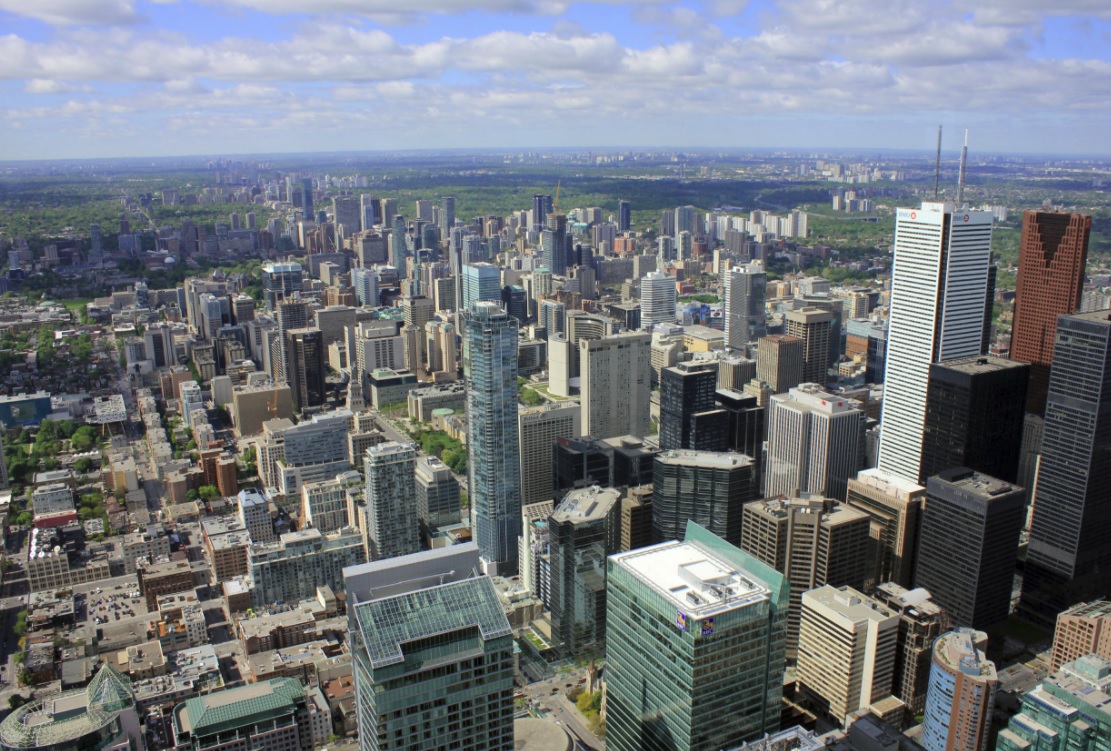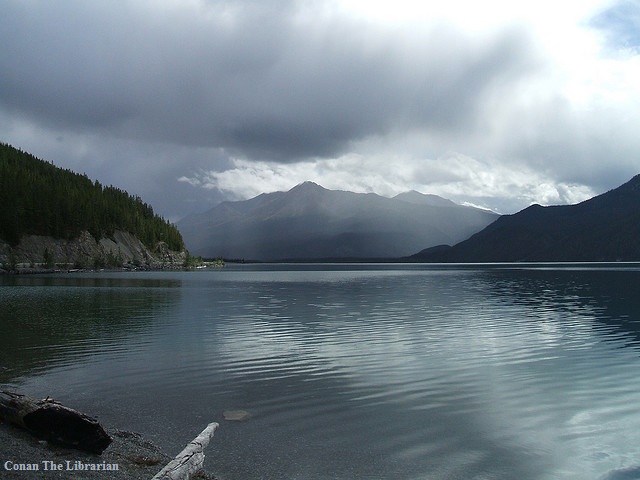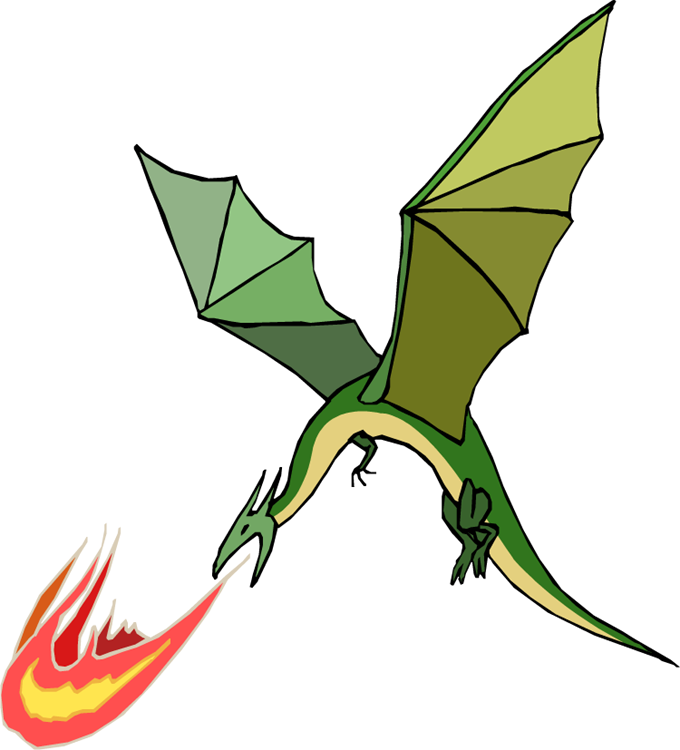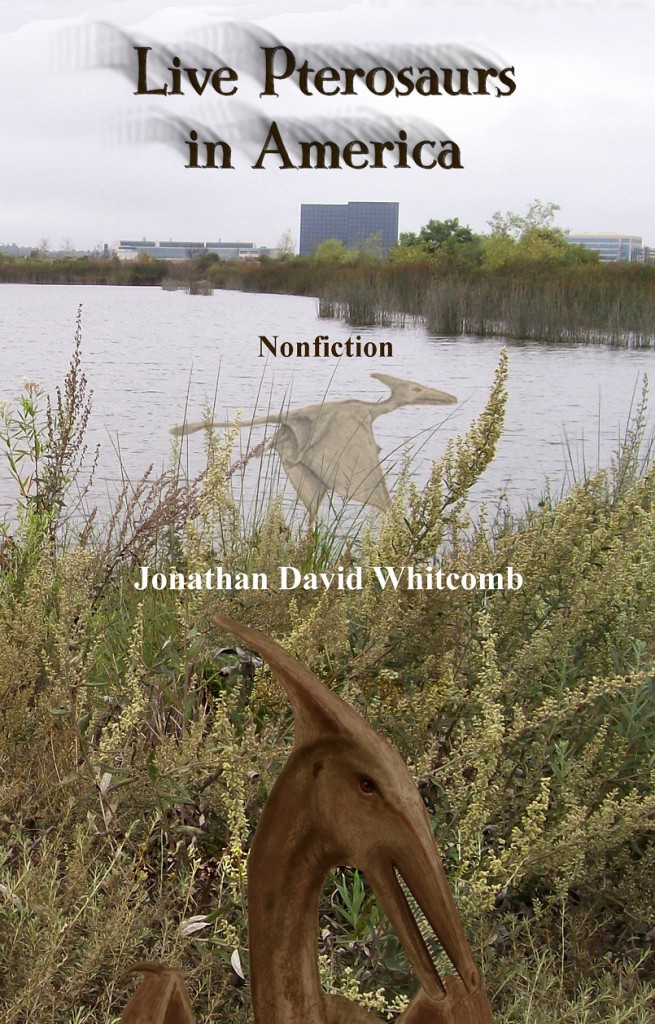By cryptozoologist Jonathan Whitcomb, author of nonfiction books on modern pterosaurs
I received the following eyewitness account by email in 2016, most of which is this:
I was phoning around dawn on a hill on Eglington Ave. across from the Ontario Science Centre when I saw a very smooth brown flying creature about the size of a great blue heron, with an appendage on its tail’s tip, fly northeast from the dense vegetation around the power lines where there was a cliff. I was stunned and shocked as it slowly flapped its wings travelling at the speed of a seagull.
It was such a strange experienced that I was in denial and dismissed it time and again, until after just a short while later, I saw another weird flyer near dusk, and it looked slightly different from the first, and like it held something in its mouth. I was just on Horton St. going to Terry Fox Pkwy., and as it flew southeast from the railway, I wished that I could capture those two incidents. . . .
That sighting of an apparent living pterosaur was probably in early of October of 2016. Why was that eyewitness “shocked” and why did he go into a state of denial that he had seen that flying creature? Here’s the most likely reason: He witnessed a ropen, a long-tailed living pterosaur. I’ve received emails and phone calls from eyewitnesses for more than thirteen years, with many of them having similar details and sometimes much more in their descriptions of the “pterodactyl” that was seen. I use the word “apparent” in many of my publications to be precise, for I cannot guarantee that every sighting reported to me was absolutely sure to have been from an encounter with a non-extinct pterosaur. What do I feel sure of? It’s that not all of these featherless flying creatures are extinct, that some species of pterosaurs are still living.
.
Downtown Toronto, Canada
Can living pterosaurs fly over major cities?
Some persons have assumed that modern pterosaurs, if they exist, must only be in extremely remote areas of the planet, perhaps in isolated tropical wildernesses. They assume that a non-extinct “pterodactyl” would never be seen in a large city, if such a flying creature existed. Let’s look at this logically.
Without any eyewitness, we could also assume that no large plane could fly over a large city, for it would be much too dangerous: What pilot would be foolish enough to risk crashing into a sky scraper? For that reason, no international airport could exist anywhere within 50-100 miles of a major downtown city. In reality, almost any person who has ever flown anywhere knows that planes of all sizes fly over cities all the time.
In the real world, pterosaurs will sometimes fly over neighborhoods in various cities, but we need to realize that these flying creatures are nocturnal, at least for the most part, and many large cities are in Western countries in which the idea of ancient dinosaur and pterosaur extinction is constantly drilled into us from early childhood until we enter the grave. That is part of why most major newspapers almost never publish any account of any sighting of a living pterosaur. Another reason for the lack of such newspaper articles is this: Almost nobody will dare call a newspaper office to report a huge pterodactyl that flew over the family’s backyard.
###
.
Danger from living pterosaurs in British Columbia
“Women attacked in British Columbia”
.
Living pterosaurs in Canada and in the USA
Where is the least likely place to see a modern living pterosaur? Inside a building. If you want to become an eyewitness to that kind of flying creature, go outside, or at least drive around. Just be prepared to stop safely before gazing too long at a distraction like a “pterodactyl.”
.
Prehistoric bird with enormous bat-like wings
“The Day Time Stood Still” in a remote area of Saskatchewan, Canada—This is one eyewitness account of the two ropens, or long-tailed pterosaurs, that he saw in about 1980 in a wilderness area. This online publication itself, written by the eyewitness, does not mention the possibility that the two pterosaurs were engaged in courtship, but Jonathan Whitcomb has suggested this possibility for the behavior of those two flying creatures.
.
Pterosaur sightings in Los Angeles
Pterosaur sighting . . . It was south of Los Feliz (at the I-5), in Los Angeles, just a mile and a half south of where another eyewitness observed three “dragons” flying over the same freeway, two months earlier. That stretch of highway runs very close to the Los Angeles River channel. I feel that neither of those factors is a coincidence.
.







